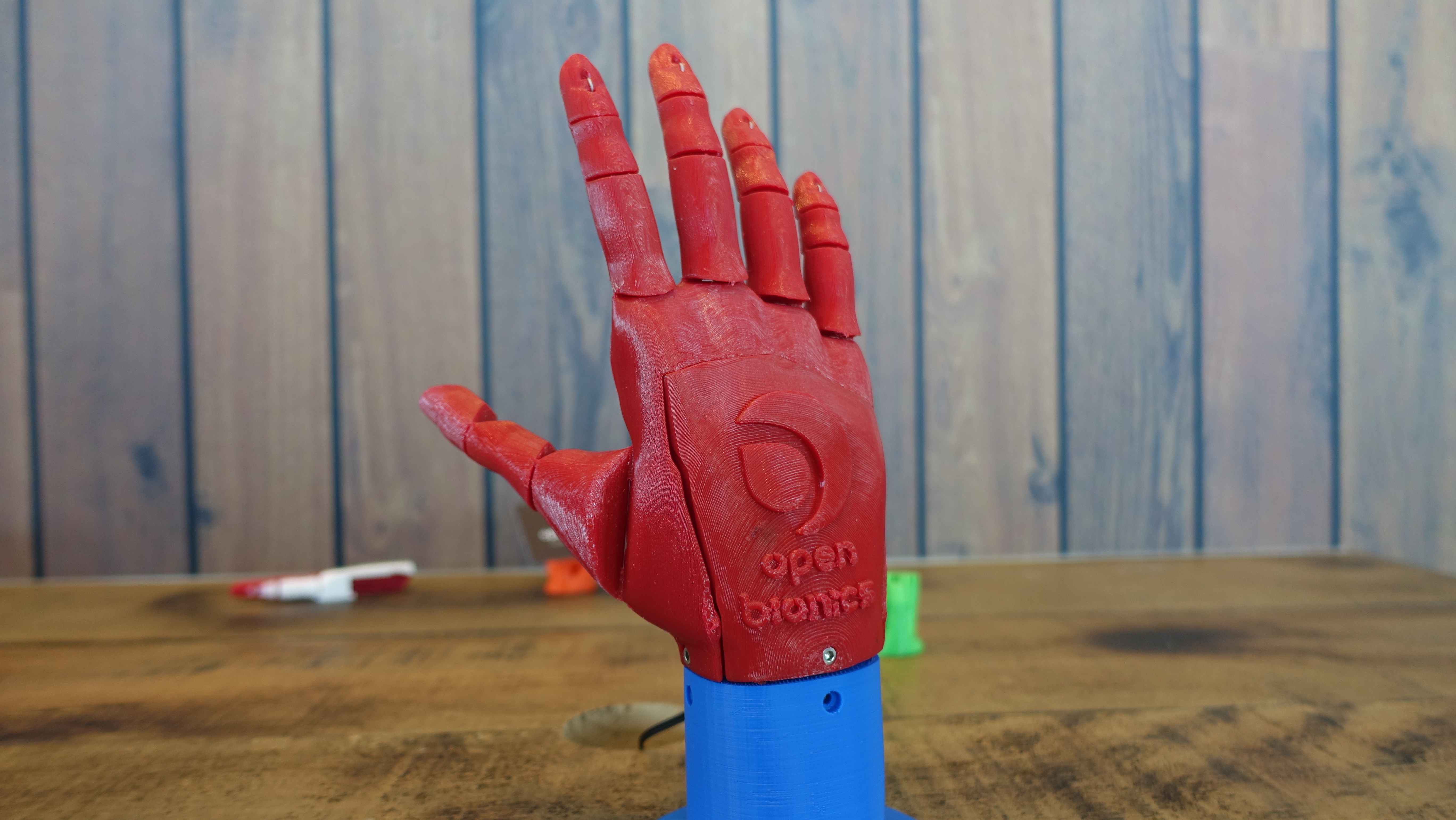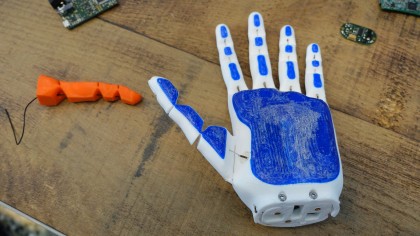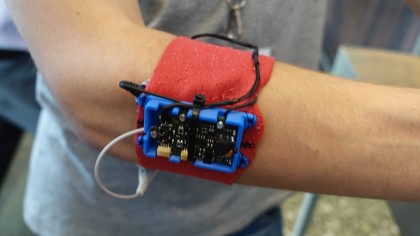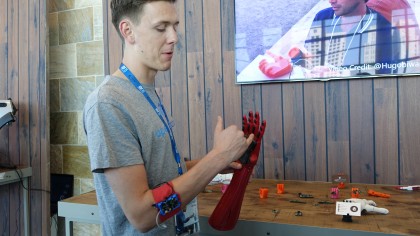Bionic arm brings Intel's vision of personalized computing to life
Powered by Quark

New innovations are making technological products more accessible. One of the finalists for Intel's Make it Wearable challenge showed that a bionic arm, traditionally sold for $10,000, can be obtained for as little as $3,000.
Designed by the Open Bionics team, the 3D printed bionic arm is constructed with polymers with varying levels of firmness. The part that attaches to an amputee's limb is made with a softer, more flexible material, while the hand and fingers are more rigid and firm.

At the technology showcase at IDF 2015, Open Bionics showed the arm in action. A band, with sensors and a custom board with Intel's Quark microprocessor, is attached to the wearer's forearm. When the sensors detect muscle contractions in your forearm, the hands and fingers move.
Internet of Things and wearables
Wearables and the design of personalized, connected accessories are the highlights of Intel CEO Brian Krzanich's keynote on Tuesday morning. Intel showed off the power of its Intel Curie processor for IoT devices, which is based on the Quark design, in a variety of different applications, including as sensors for BMX bicycles.

Open Bionics's bionic arm certainly fits Krzanich's vision for Intel's future. The diminutive Quark microprocessor inside the arm provides powerful instructions to control individual finger movement and helps users articulate the hand. According to the team, the bionic hand can grip a bottle of water, but I wasn't able to witness that in the IDF demo.

Additonally, with 3D printing, upgrading the bionic arm will be less expensive than commercial solutions available today. Open Bionics informed me that the arm must be adjusted as a user grows, especially in the case of pediatric amputees. With the Open Bionics solution, the battery, electronic components and Quark processor can be saved and reused. All that is needed is a new 3D printed arm in a larger size.

While it's easy to imagine a fun and immersive world of IoT gadgets, computing doesn't get anymore personal than a connected limb attached to your body.
Are you a pro? Subscribe to our newsletter
Sign up to the TechRadar Pro newsletter to get all the top news, opinion, features and guidance your business needs to succeed!
- Read our coverage of the IDF 2015 keynote